One of the most overlooked issues in cannabis cultivation is potassium deficiency. Potassium (K) plays a crucial role in plant health—regulating water movement, enzyme activity, sugar production, and overall resilience. When cannabis plants don’t get enough of it, the results can be dramatic: slow growth, weak stems, and burnt-looking leaves.
Unfortunately, cannabis potassium deficiency is often mistaken for light burn or other nutrient imbalances. That’s why early detection and accurate diagnosis are so important. In this guide, you’ll learn how to spot the warning signs, how to fix the issue quickly, and how to prevent it from happening again—whether you’re growing in soil or hydroponically.
Potassium is one of the three primary macronutrients (alongside nitrogen and phosphorus) that cannabis plants need in large quantities. It doesn’t directly build plant tissue, but it plays a vital role in nearly every physiological function—especially during flowering.
Here’s why potassium is essential:
Without enough potassium, cannabis plants can’t grow or flower properly. Leaves become discolored, stems weaken, and yield potential drops fast. That’s why spotting cannabis potassium deficiency early is so important.
Recognizing the first symptoms of cannabis potassium deficiency can save your plants before the damage becomes irreversible. Potassium is a mobile nutrient, which means the plant will pull it from older leaves first to feed new growth. That’s why the signs typically show up on lower or middle fan leaves.
Watch for these early symptoms:
In more advanced cases, leaves may curl, fold under, or develop brown spotting. Because potassium affects how the plant regulates water and nutrients, it often presents alongside other stress signs like drooping or brittle foliage.

Cannabis potassium deficiency can look like several other issues—especially nutrient burn or deficiencies in magnesium and calcium. To avoid misdiagnosing your plant, take the time to rule out these possibilities before making any corrections.
Even if your nutrients contain potassium, incorrect pH levels can lock it out. Potassium is best absorbed in soil at pH 6.2–6.8, and in hydroponics at 5.8–6.3. A simple pH meter or test kit can reveal whether the issue is deficiency—or just nutrient lockout.
Once you’ve confirmed cannabis potassium deficiency, acting fast can stop the spread of damage and help your plant recover. Here’s how to fix it step by step:
Before adding anything, test your grow medium’s pH. Potassium can’t be absorbed if the pH is too low or too high. Ideal ranges:
If your pH is out of range, flush your medium with pH-balanced water before feeding again.
Use a bloom-stage fertilizer or specific potassium supplement. Look for products with:
Go easy—start with half the recommended dose to avoid nutrient burn, then gradually increase as the plant responds.
Remove severely damaged leaves to reduce stress and redirect energy to healthy growth. Keep a close eye on new leaves for signs of improvement.
With proper feeding and pH correction, plants usually bounce back within 3–7 days. Flowering plants may take longer to fully recover, so be patient and consistent.
Fixing cannabis potassium deficiency in hydroponic systems requires a slightly different approach. Because hydro setups deliver nutrients directly to roots, deficiencies can appear—and be corrected—much faster than in soil.
Hydroponic growers tend to catch deficiencies early thanks to real-time monitoring, but things can also spiral quickly if left unchecked. Test daily and adjust incrementally.
Preventing cannabis potassium deficiency is far easier than correcting it mid-grow—especially during the critical flowering stage. With consistent monitoring and good habits, you can avoid this issue altogether.
Keep your pH within the optimal range to ensure nutrient uptake. Check runoff pH in soil grows and reservoir pH in hydro systems. Also track electrical conductivity (EC) to avoid over- or underfeeding.
Feed your plants according to their growth stage. Potassium needs rise significantly during flowering. Use bloom nutrients with a proper N-P-K ratio (like 1-3-2 or 2-4-4) during this period.
Soil mixes with compost, coco coir, and worm castings often have better potassium availability. Avoid overusing calcium or magnesium, which can compete with potassium absorption.
Frequent flushing can wash out potassium along with salts. Only flush when correcting a specific issue—don’t overdo it in healthy plants.
Being proactive with your grow environment and feeding routine is the best way to keep your cannabis plants thriving—and potassium deficiency out of the picture.
Cannabis potassium deficiency is one of the most common nutrient issues growers face—especially during flowering. Fortunately, it’s also one of the most manageable when caught early. Burnt leaf edges, slow growth, and weak stems are all signs that your plant needs more potassium, or that it can’t absorb what’s already there.
By monitoring pH levels, using balanced nutrients, and watching for early symptoms, you can keep your plants healthy and productive. Whether you’re growing in soil or hydro, understanding how potassium works—and how to support its uptake—can make the difference between a disappointing yield and a harvest full of dense, resinous buds.
Stay observant, act early, and your plants will thank you.
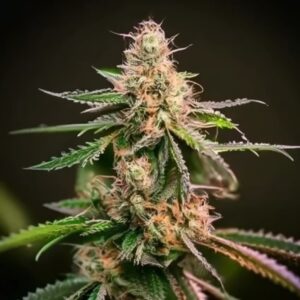


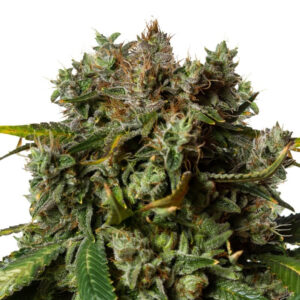

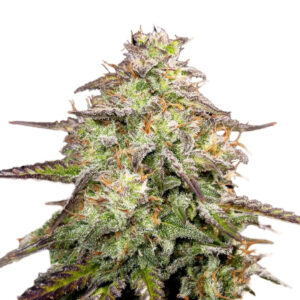
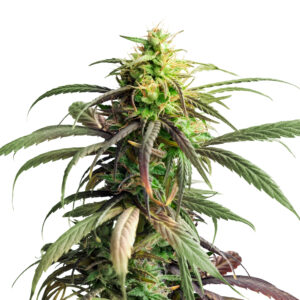






Related Posts

Curious about how hash is made and whether it’s worth trying? You’re not alone. Hash, or hashish, is one of the oldest cannabis concentrates, loved for its potency and simplicity. But just like any method of cannabis processing, it comes with its ups and downs.

The Mega Jackpot strain, a powerhouse in the cannabis world, offers significant rewards to growers worldwide. While not the simplest to cultivate, its copious yields and potent characteristics are widely admired and sought after. Its most noteworthy trait? An exceptionally high THC content elevates this strain above its peers. If you’re seeking a high-THC strain, Mega Jackpot offers substantial returns on your time and effort.
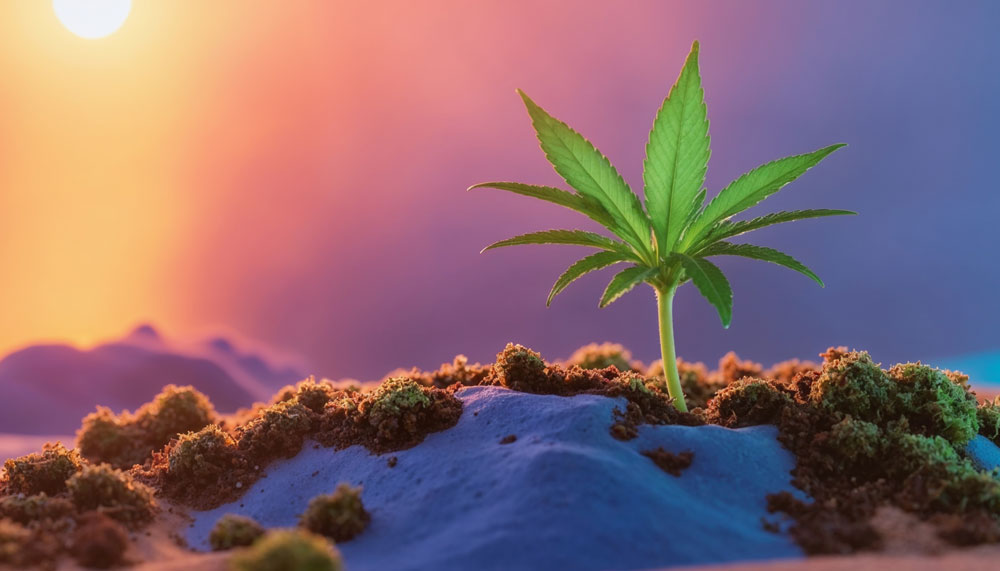
Any cannabis grower knows that the process doesn’t end after harvest. To enjoy smoother smoke, better flavor, and optimal effects, proper curing is essential. But how long does it take to cure weed? This is one of the most common questions among those looking to enhance the quality of their cannabis.